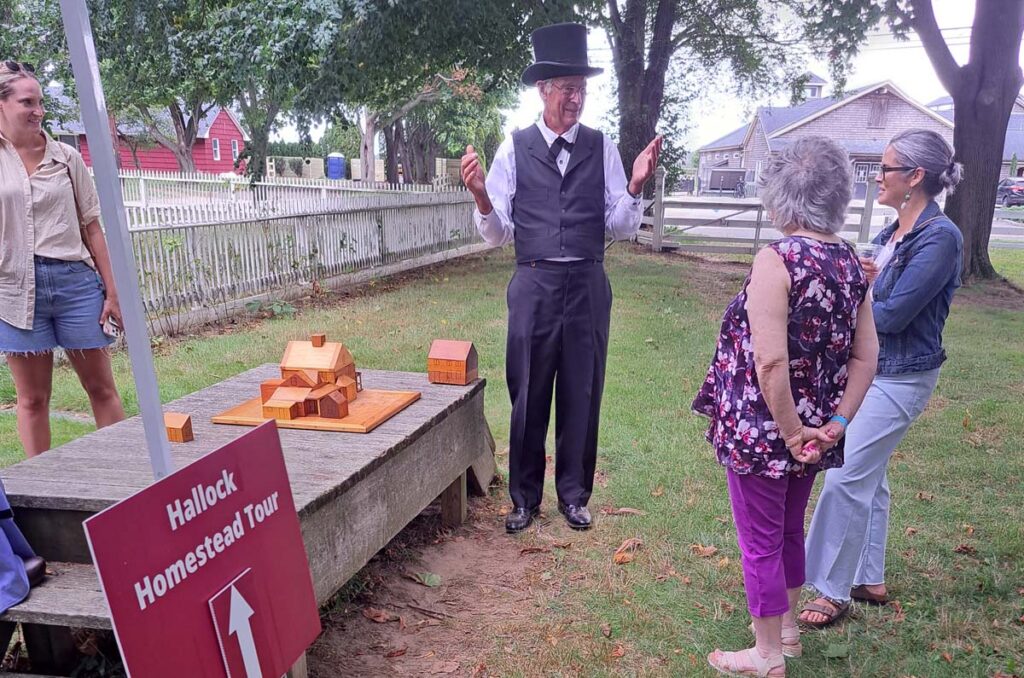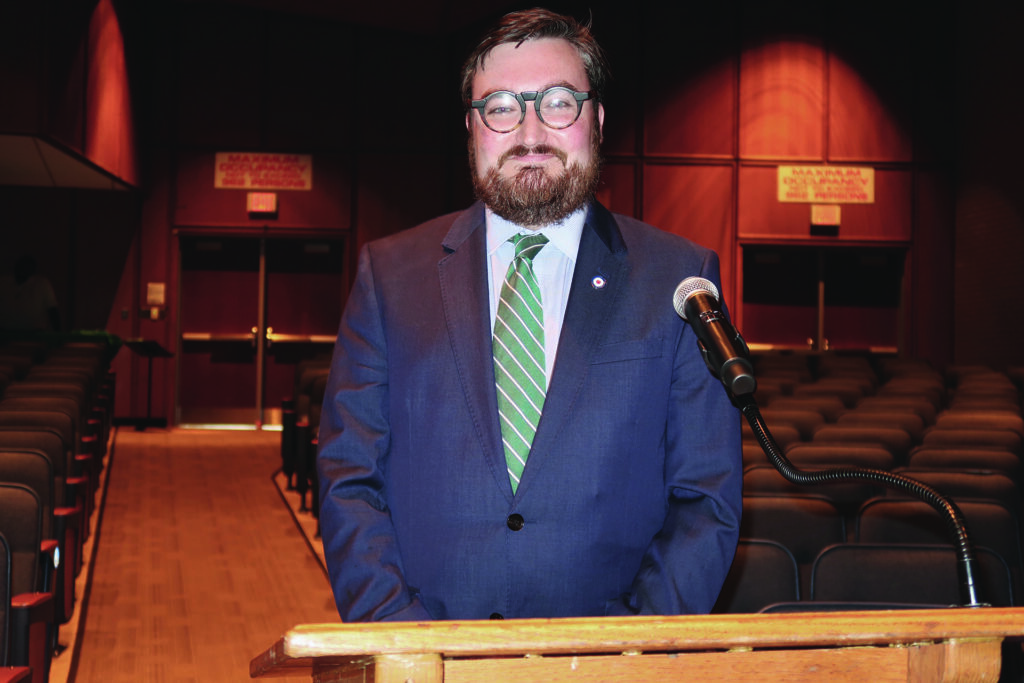Cyanobacteria found in South Merritts Pond

While the air over Long Island was brown as a result of Canadian wildfires recently, the water in one part of Riverhead was blue and green.
South Merritts Pond in Riverhead was tested and came up positive for cyanobacteria, also known as blue-green algae, blooms.
So far, no other sites on the East End have tested positive this year, although some have in past years.
The nonprofit Long Island Science Center has been testing several sites on a weekly basis, according to LISC executive director Cailin Kaller.
“We have two summer staff members who are in environmental students and they are doing a lot of sampling work,” she said.
Cyanobacteria blooms were found in South Merritts Pond and in Mill Pond in Water Mill last summer.
The Suffolk County Health Department has issued notices warning people not to use, swim or wade in the waters and to keep children and pets away.
“Though blue-green algae are naturally present in lakes and streams in low numbers, they can become abundant,” said Grace Kelly-McGovern, a spokesperson for the Suffolk County Health Department.
“Avoid contact with waters that appear scummy or discolored,” the county warned in a press release. “If contact does occur, rinse off with clean water immediately. Seek medical attention if any of the following symptoms occur after contact: nausea, vomiting or diarrhea; skin, eye or throat irritation; or allergic reactions or breathing difficulties.”
Water samples are being brought over to the Stony Brook University School of Marine and Atmospheric Science in Southampton for further analysis. It was there that the testing showed blooms in the water samples from South Merritts Pond, according to Ms. Kaller.
Environmental students Kayla Ahrem, 20, of Patchogue, who is in her third year at Syracuse, and Kristen Lisowy, 23, of New Suffolk, who recently graduated from SUNY/Plattsburgh with a degree in environmental studies, have been doing the testing for the LISC.
So far, LISC has conducted testing at North and South Merritts Pond, Grangebel Park in Riverhead, Wildwood Lake in Riverside, Cranberry Bog in Riverside and a water body south of the Riverview mobile home park, also in Riverside.
The sampling is scheduled to continue through September.
Since last year, LISC has received monitoring equipment from two grants. The federal Environmental Protection Agency gave LISC $75,000 worth of equipment, and the local Flanders, Riverside and Northampton Community Association gave LISC grants totaling $100,000 over two years.
Ms. Kaller said the LISC hopes to get local students interested in science and biology and plans to have an event in July. She said that sometimes, surprises will turn up.
“Last year, we discovered an invasive species of clam in Wildwood Lake that wasn’t supposed to be there,” she said.








